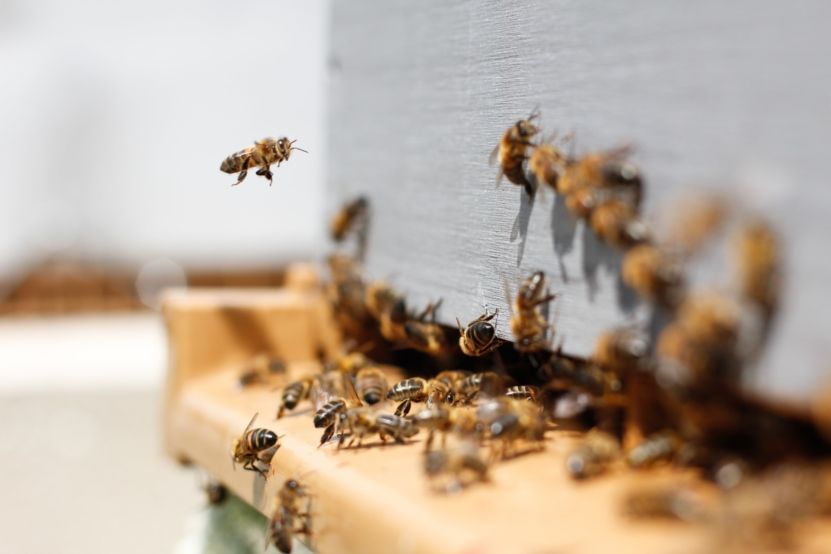Pesticides and their harmfulness to bees
It is not known today that many things in excess can be harmful – sugar, fat, alcohol, free spins no deposit for registration or other gambling. The same is also true in our economy, agriculture, which are based on chemicals, technologies. It has been known for some time that pesticides are harmful to bees and are responsible for the death of many of them.
A problem for insects
Agrochemicals such as pesticides were once widely used and are now licensed for use on farms in many countries. Unfortunately, little attention has been paid to their effects and therefore their impact on the environment. There was a high-profile case in May 2021, when a farmer in Świdnica municipality used banned substances to spray oilseed rape, leading to the death of 7.5 million bees from nearby hives. Fortunately, in this case he will be tried for it, as he faces up to 8 years in prison under the law.
Bees, as tiny creatures, are important pollinators of both crops and wildflowers. It is estimated that up to 35% of our crops depend on pollination. Unfortunately, the environments in which bees now find themselves are increasingly hostile. In the UK alone, it is estimated that up to 97% of semi-natural grasslands, habitats filled with nectar-rich wild flowers, have been lost. On top of this, the very popular honeybee trade in recent years has increased the incidence of harmful parasites, further contributing to the frequency of bee die-offs.
Today, unfortunately, bees are exposed to a combination of pesticides, parasites, and poor nutrition. There is then a cumulative effect of all these things, so that the number of bees killed is greater than we would expect, and the consequences can be very serious. There is a reason why it has long been said that with the extinction of bees, life on Earth will become endangered.
Dangerous pesticides
Today, unfortunately, more and more crops are treated with more than one chemical. So we have insecticides to control aphids, herbicides to destroy unwanted weeds, and fungicides to control mold. Consequently, plants are often exposed to different agrochemical combinations throughout the year. Many of the agrochemicals used are systemic, meaning that they accumulate in the environment for several months, and in some cases can be in a given location for years. As a result, honey bee colonies or bumblebees are exposed to various substances that are then present in the hives, wax. Although today we are paying more and more attention to conservation, we are banning the use of certain products, but others are allowed to be used in agriculture. Then their interactions are rarely taken into account.
By now, thousands of different agrochemicals have been licensed for use around the world, and it is difficult for us to assess how each one affects the environment. But we do know that the different pesticide formulations contain many chemicals. Therefore, it should always be mandatory to assess the interaction of each of them before obtaining a license. More rigorous testing of agrochemical formulations is therefore needed. In addition, national or international regulatory authorities should continuously monitor their potential damage.
There is already a lot of talk that pesticide companies should be required to fund projects that study the environmental impact of agrochemicals. This is very important because, according to a recent study, one common soil pesticide led to a reduction in wild bee reproduction by as much as 89%!
